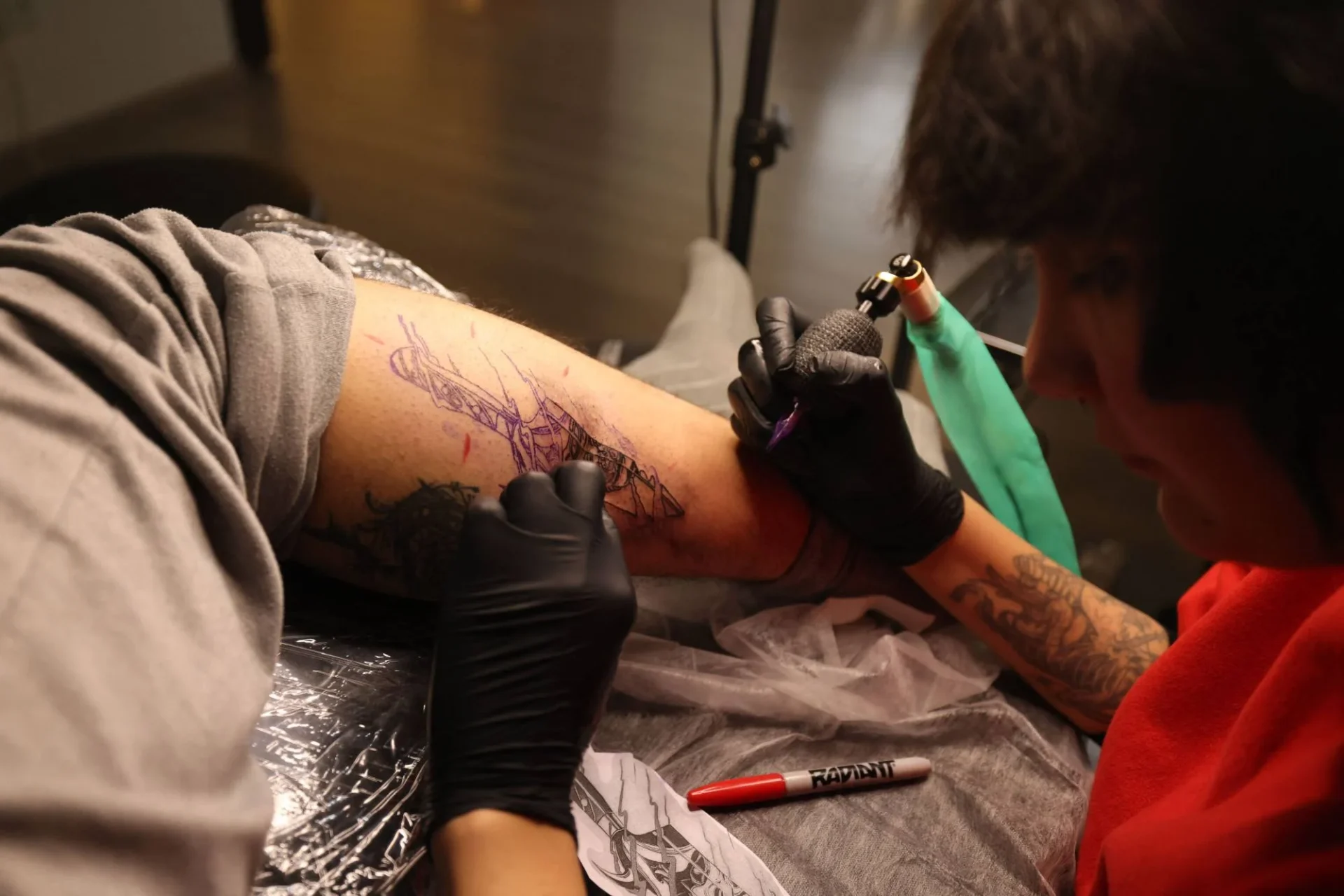In the bustling city of Tehran, a hidden movement is thriving behind closed doors. In a modest home studio in northern Tehran, 34-year-old Sean, an artistic pseudonym, is leading a quiet revolution in the art of tattooing. Despite the practice’s underground status in the Islamic republic, Sean’s studio, opened just eight months ago, symbolizes a bold step towards normalizing this art form.
Iran has not explicitly banned tattooing, but conservative views link it with Westernisation and immorality. However, tattoos have been gaining traction among Iranian youth, who are increasingly flaunting their ink publicly. Sean, with 17 years of experience as a tattoo artist, saw an opportunity in this rising trend and expanded his influence by opening studios in Kerman and the resort island of Kish. His initiative has drawn over 30 students eager to delve into what he calls a “bottomless art”.
The evolving Iranian tattoo scene reflects a shift from discreet, simple designs to more visible and elaborate ones. Some Shiite scholars have even stated that tattoos are permissible within Islamic law. Ayatollah Ali Khamenei‘s website, for instance, declares tattooing acceptable as long as it doesn’t promote non-Islamic culture.
Despite this growing acceptance, tattoos still attract controversy in Iran. Instances like the volleyball federation’s rule against visible tattoos and football players facing scrutiny for their ink underscore the lingering societal resistance. Moreover, Tehran police in 2019 associated “visible and unconventional tattoos” with the need for a psychological examination for driving license applicants, and authorities have previously cracked down on what they consider “satanic” tattooing.
Individuals like Benyamin, a 27-year-old cafe owner, face stigmatization due to their tattoos, often labeled as criminals or thugs. Women with tattoos encounter additional challenges, as they must navigate strict dress codes while expressing themselves.
Yet, amidst these societal constraints, Tehran’s tattoo culture is flourishing. Studios are adopting gender-specific practices, with female artists tattooing women and male artists tattooing men, to respect cultural norms. The art form has also become a symbol of defiance, with slogans like “Woman, life, freedom” becoming popular designs, especially following the protests triggered by Mahsa Amini’s death in custody.
For many like Sahar, a 26-year-old nurse, tattoos are a personal form of expression, despite the potential challenges in the public sector. Young artists like Kuro, a 24-year-old student at Sean’s studio, remain hopeful about their future in the field, aspiring to work without restrictions.
Tehran’s tattoo culture represents a microcosm of Iran’s shifting societal landscape, where art and expression challenge traditional boundaries and foster a growing community of artists and enthusiasts.
READ MORE:
